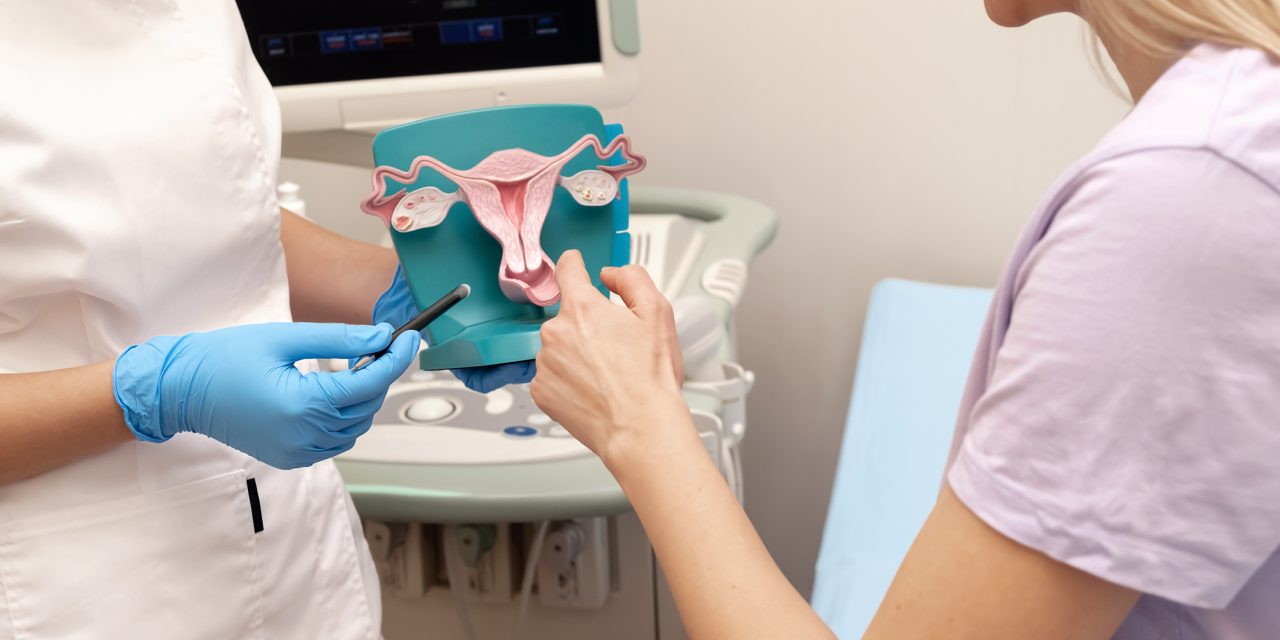Are there any differences in the fresh (LB) and cumulative live birth rates (CLBR) of women undergoing controlled ovarian stimulation (COS) for IVF/ICSI following pretreatment with different types of oral contraceptive pills (OCP) for different durations as compared to no-OCP?
OCP administration for an interval of 12- to 30-day treatment period and with a 5-day washout period does not affect clinical pregnancy, LB nor cumulative LB in patients undergoing COS for an IVF cycle.
The use of OCP is an effective way of treatment planning in IVF/ICSI cycles, but published evidence about its effect on pregnancy and LBR is inconsistent, some studies finding decreased rates but others no difference.
This is a retrospective analysis carried out in a University-affiliated tertiary centre between January 2009 and December 2017. Overall, 4116 infertile women between 18 and 45 years, who underwent their first ovarian stimulation cycle in our centre, were included.
Patients were categorised into two groups as receiving OCP (n = 3517) or not (no OCP, n = 599). All patients with OCP pretreatment initiated controlled ovarian stimulation (COS) 5 days post-pill. Overall, two types of OCP were used at the study’s centre: ethinylestradiol (EE) 30 μg/desogestrel 150 μg, a third-generation progesterone; or EE 30 μg/drospirenone 3 mg, a fourth-generation progestin with mild antiandrogenic activity.
A total of n = 4116 patients were analysed, (OCP n = 3517 and non-OCP n = 599). The use of OCP was independently associated with a small increase in the number of oocytes retrieved after adjusting for age, BMI, use of OCP, cause of infertility, initial dose (IU), type of gonadotropin, stimulation days, total stimulation units (total IU) (β 0.22, 95% CI 0.12-0.31). Cumulative LBRs were comparable between groups OCP versus non-OCP (32.4 versus 31.6%, P = 0.712). Following adjustment for age, BMI, infertility diagnosis, starting and total dose, type of gonadotropin, total days of stimulation, type of insemination, number of oocytes retrieved, day of transfer and number of embryos transferred in a multiple logistic analysis, patients using OCPs had a similar probability of achieving a LB as compared with patients not-using OCPs following fresh embryo transfer (ORadj 0.89, 95% CI 0.69-1.15) and a similar probability for CLBR after the use of fresh and frozen embryos (ORadj 0.94, 95% CI 0.73-1.21). No differences were observed in ovarian stimulation and clinical outcomes between drospirenone and desogestrel OCP groups.
Limitations are related to the retrospective nature of the study; despite the sample size, the adjustments and the multivariable regression analysis conducted, we cannot exclude the presence of confounding bias. OCP administration was not randomly assigned, not allowing to exclude the presence of selection bias. Lastly, we only used two types of OCP with durations and washout periods as per institution protocol. Therefore, we cannot exclude that longer duration of administration, a different type of OCP or different pill-free interval might have had an alternative effect on LBR or CLBR; thus, the generalizability of this study’s results should be considered with caution.
Our study provides reassuring evidence that the use of 12-30 days OCP for cycle programming, prior to IVF, does not decrease the chance of live birth and cumulative live birth rates.
No external funding was used for this study. This research was performed under the auspices of ‘Càtedra d’Investigació en Obstetrícia I Ginecologia’ of the Department of Obstetrics, Gynaecology and Reproductive Medicine, Hospital Universitario Dexeus, Universitat Autònoma de Barcelona. The authors report no conflict of interest associated with the current study.
NA.
© The Author(s) 2020. Published by Oxford University Press on behalf of the European Society of Human Reproduction and Embryology. All rights reserved. For permissions, please e-mail: journals.permission@oup.com.
The effect of type of oral contraceptive pill and duration of use on fresh and cumulative live birth rates in IVF/ICSI cycles.


